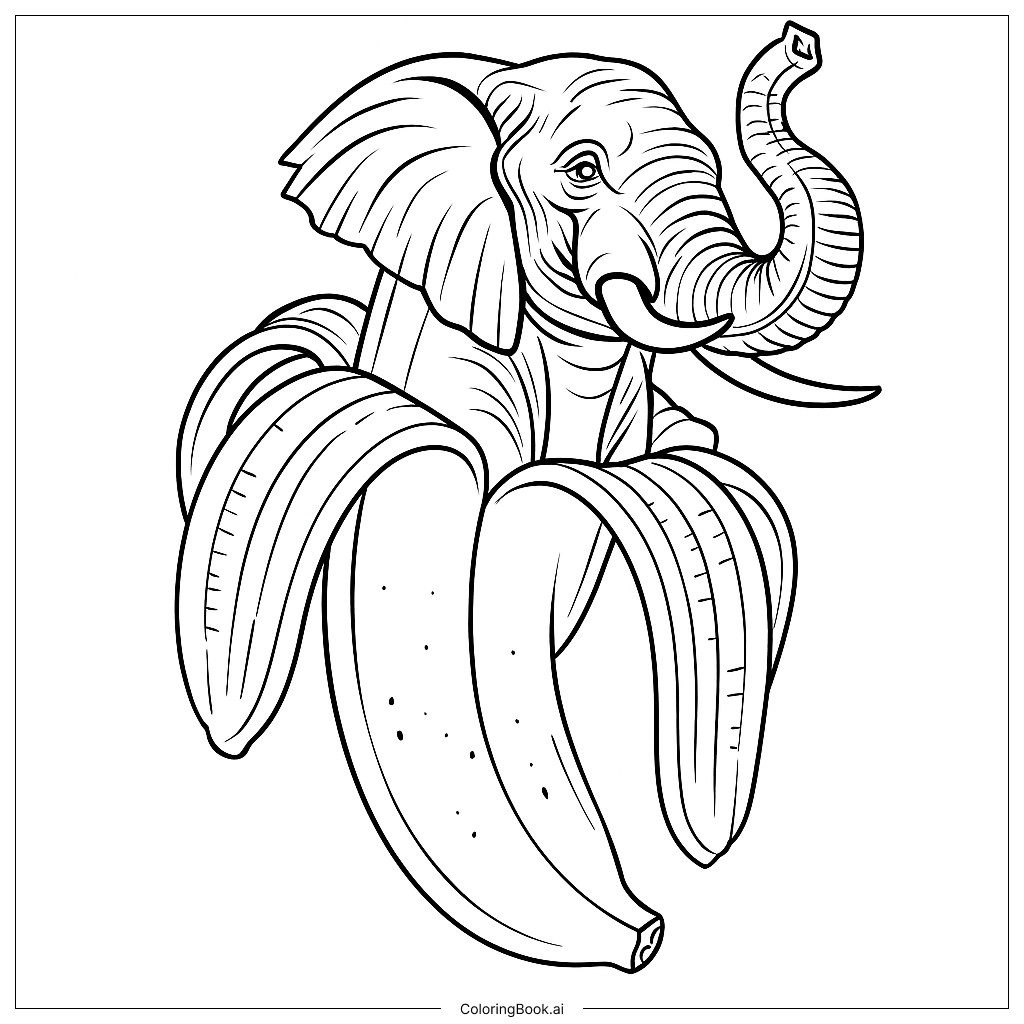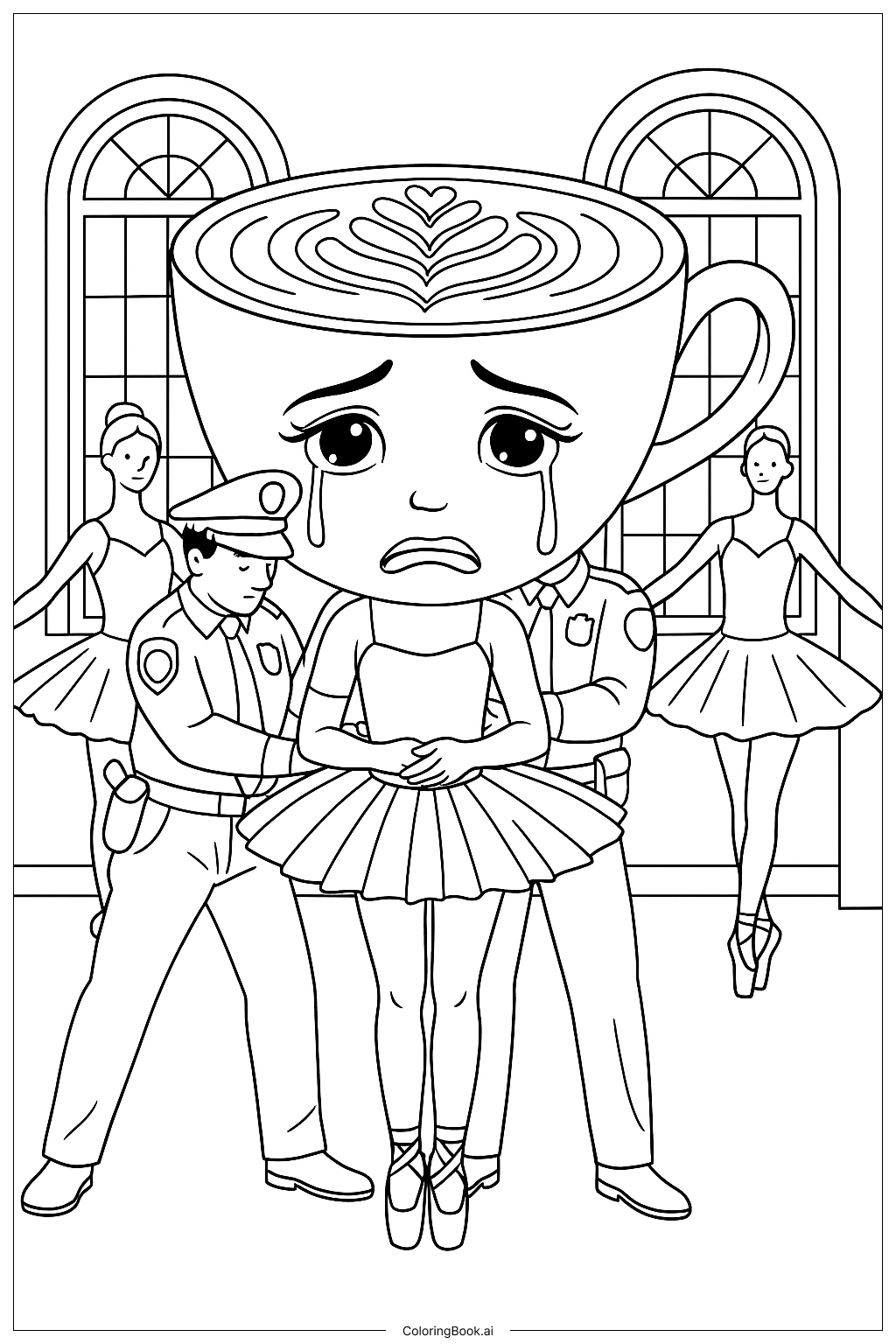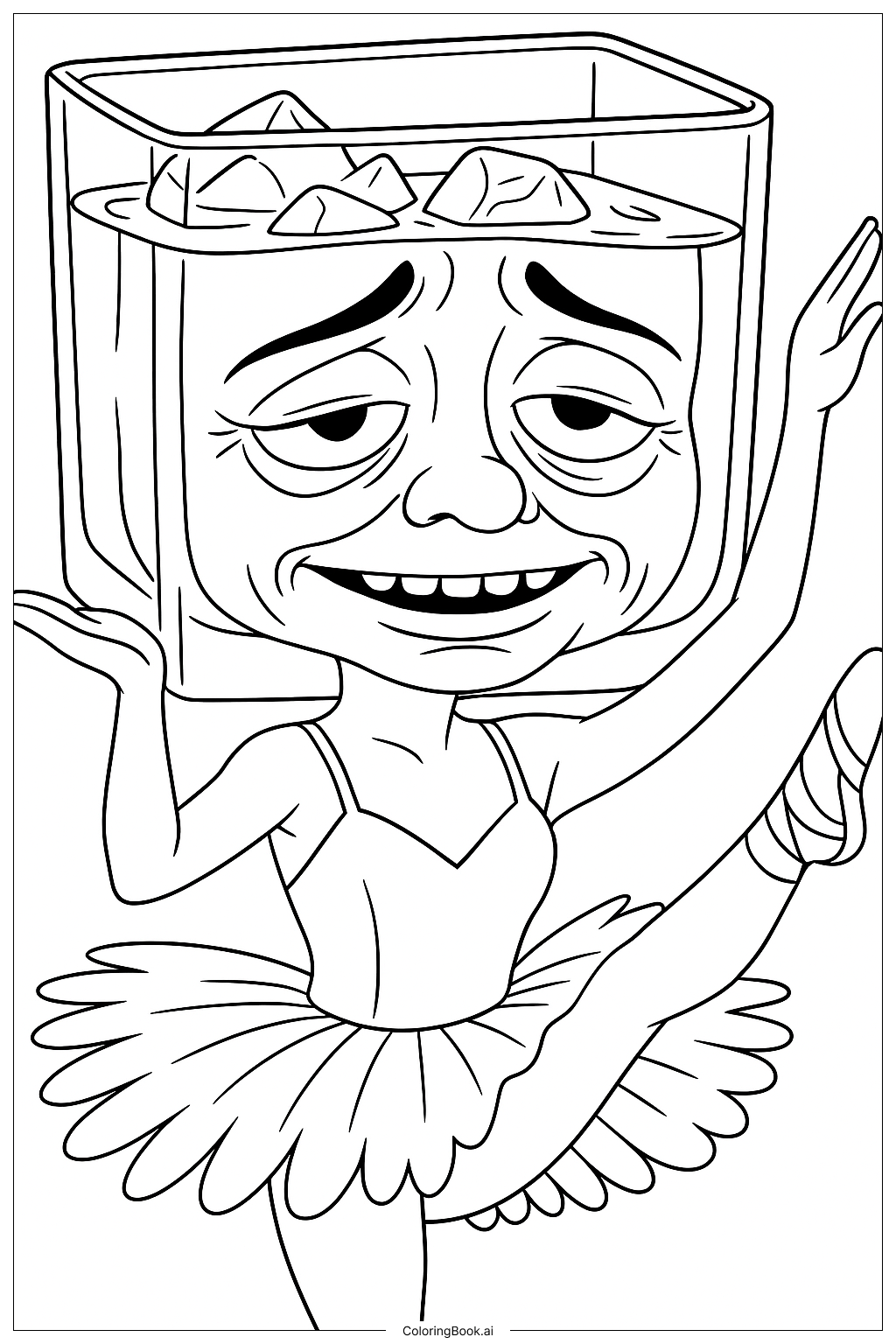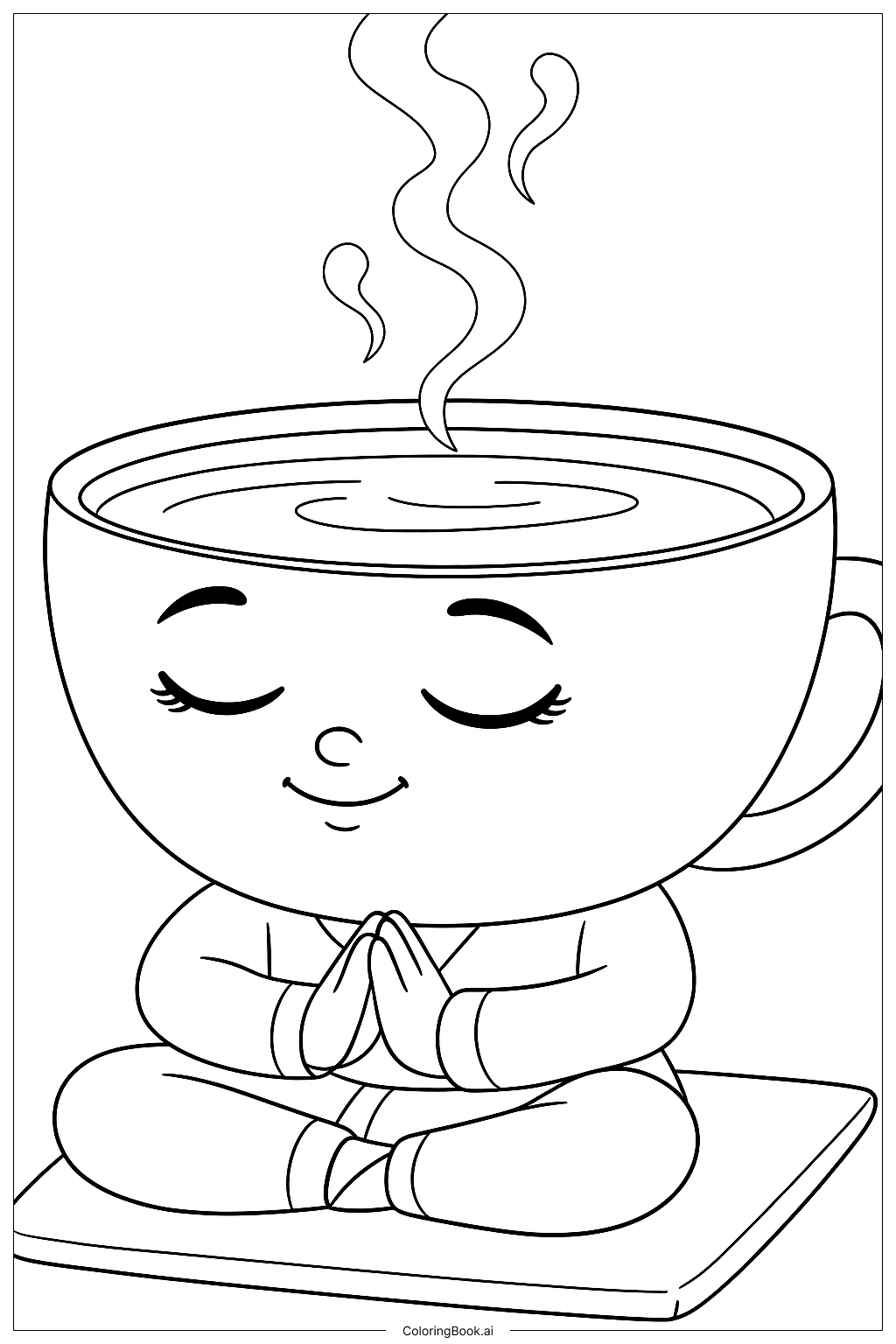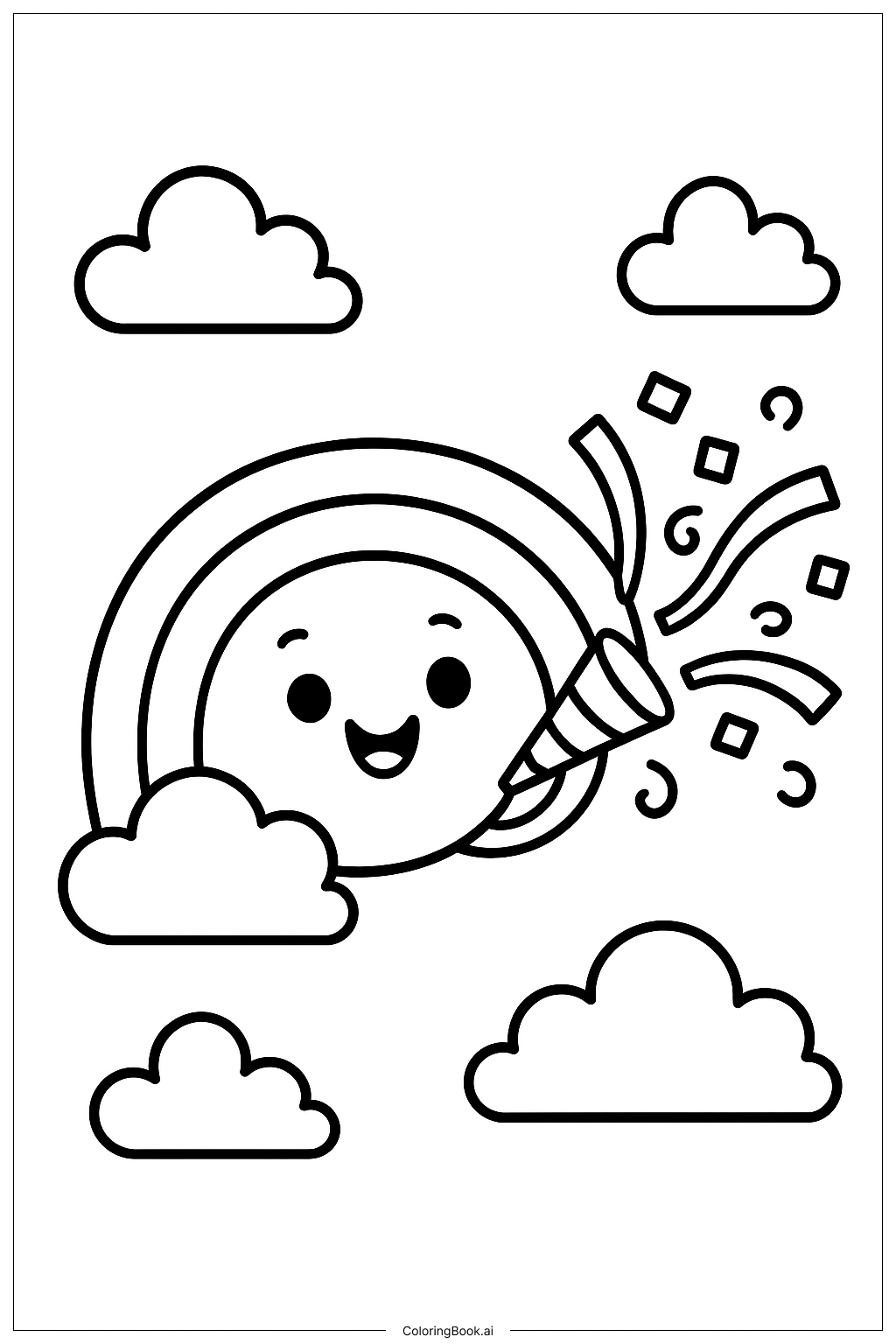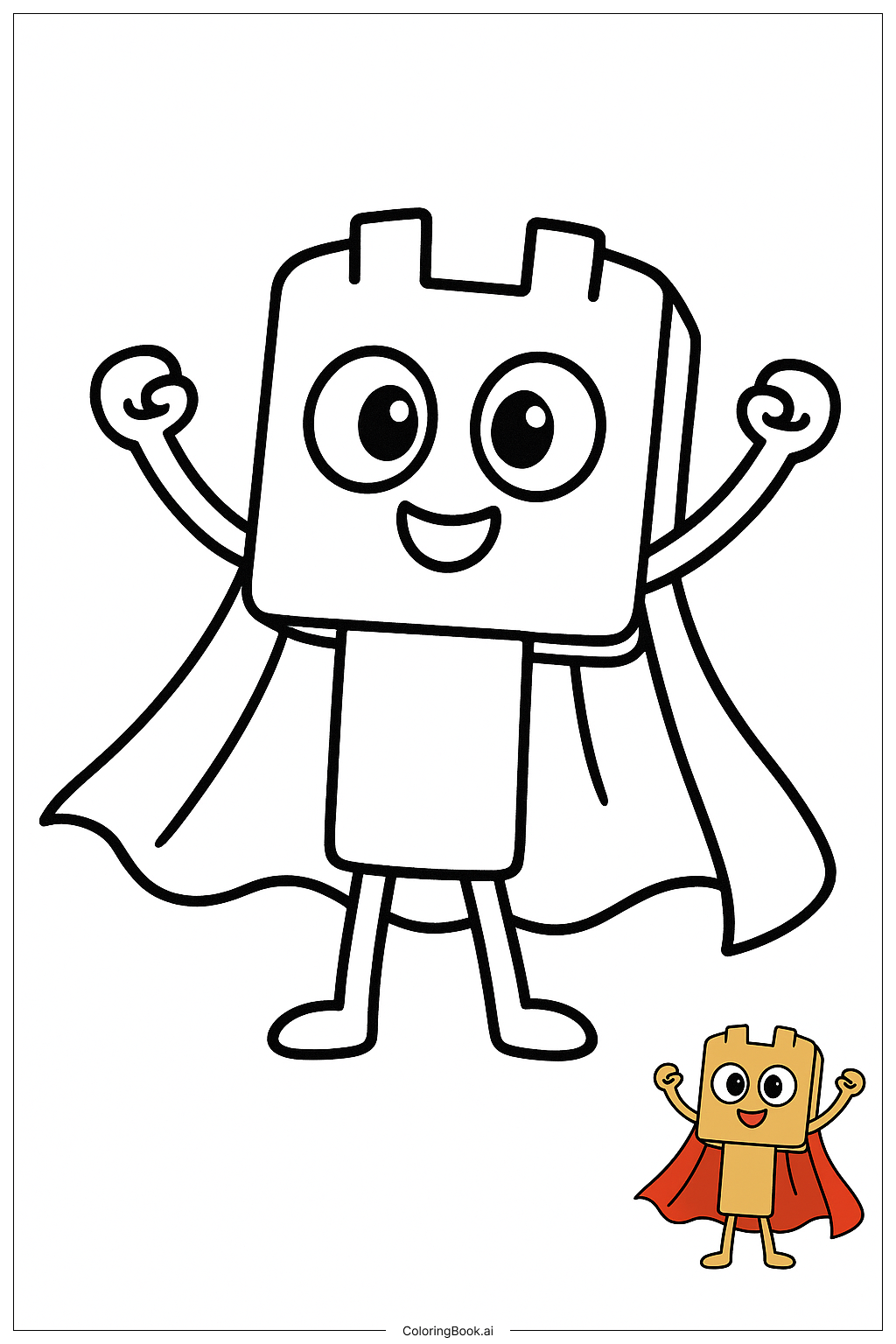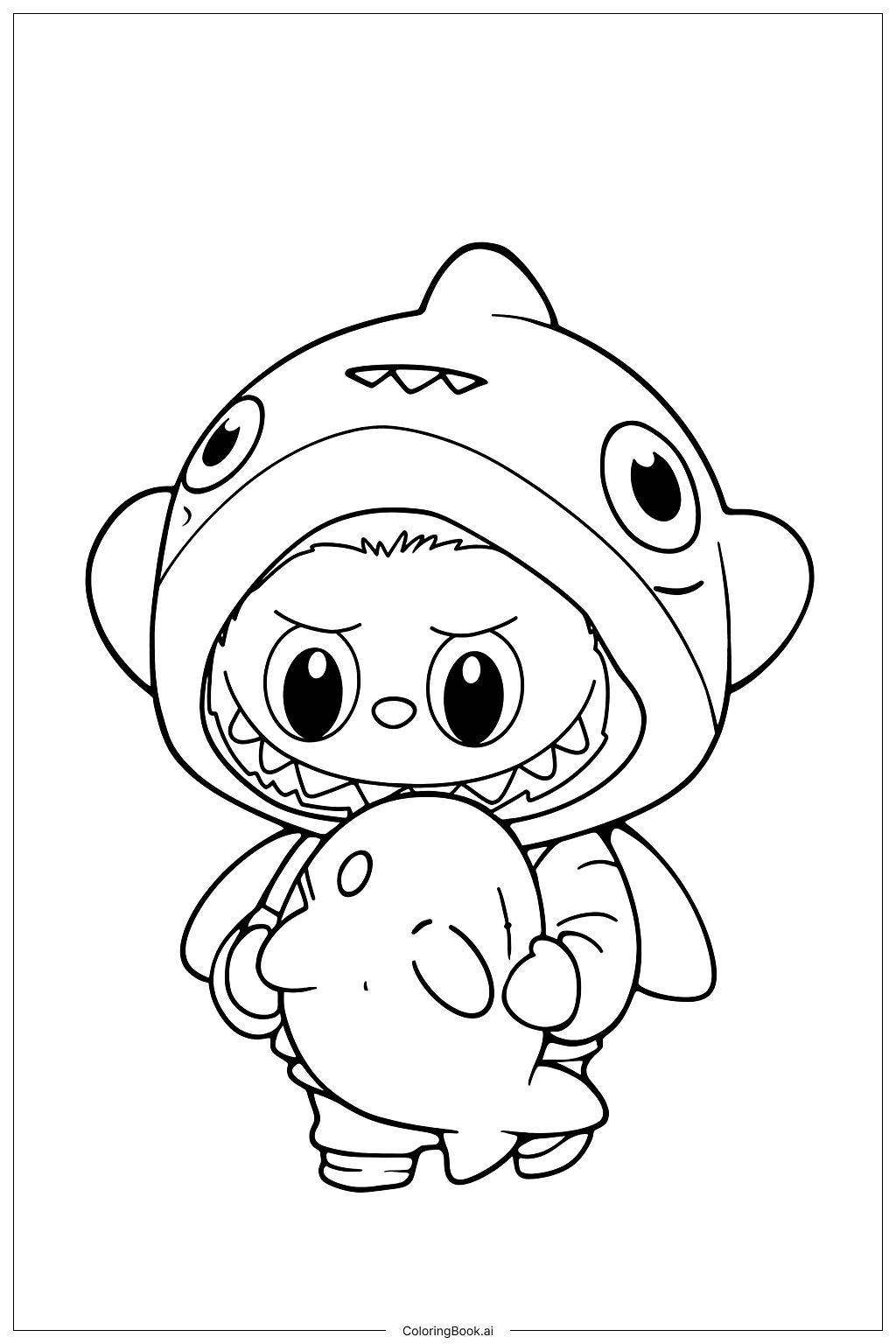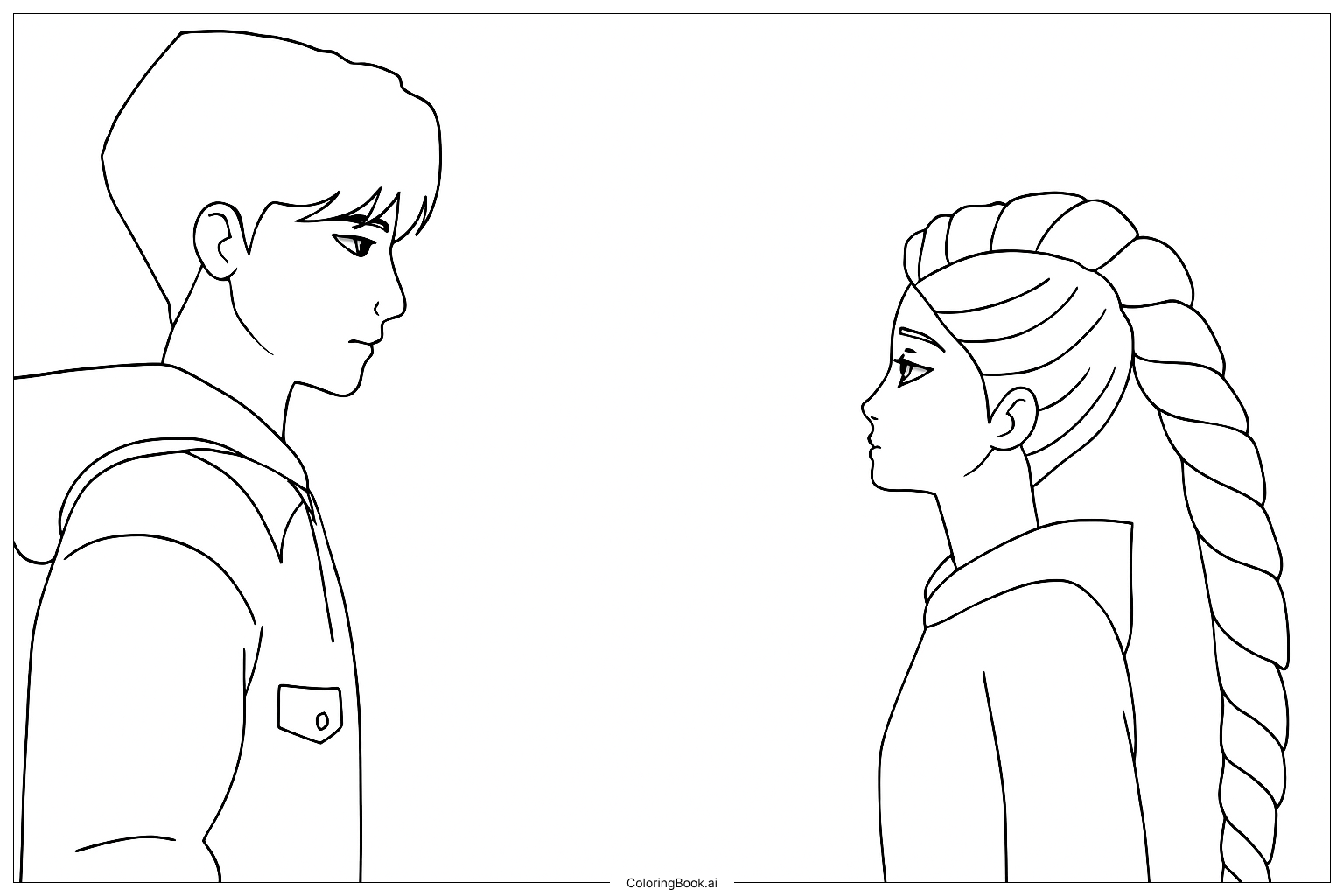Coloring tips: How to color Elephantuchi Bananuchi coloring page well?
To color this image, use shades of yellow for the banana peel, such as bright yellow, pale yellow, or golden tones. For the elephant head, try using gray tones, from light gray to dark gray, to show shadows and details in the elephant's skin. You can add some pink or light brown accents in the ears and around the eyes to make the elephant look more lively. Don't forget to add darker lines or shading on the banana spots and elephant wrinkles to bring out texture. Feel free to experiment with blending colors to make the image pop!
Coloring challenges: Which parts are difficult to color and need attention for Elephantuchi Bananuchi coloring page?
1. Blending Textures: The illustration combines the smooth banana peel and the rough elephant skin. Coloring these different textures realistically can be challenging.
2. Small Details: The elephant's wrinkles and facial features include many fine lines that require careful attention to detail.
3. Shading Effects: Proper shading is needed to show the 3D roundness of both the banana and the elephant's trunk and head.
4. Color Choices: Balancing the bright yellow banana and the more muted gray elephant so that both stand out without clashing can be tricky.
5. Layering Colors: Building up layers of color for shadows and highlights, especially around curves and folds, needs patience and practice.
Benefits of coloring books: Advantages of drawing Elephantuchi Bananuchi coloring page
Coloring this page helps improve motor skills by practicing precise movements when filling small details like wrinkles and spots. It encourages creativity by mixing colors for a banana and an elephant, which are not usually combined. Working with shading and texture teaches children about light and shadow, enhancing their artistic skills. Lastly, it boosts focus and patience as kids take time to carefully complete the drawing, making coloring both fun and educational.
